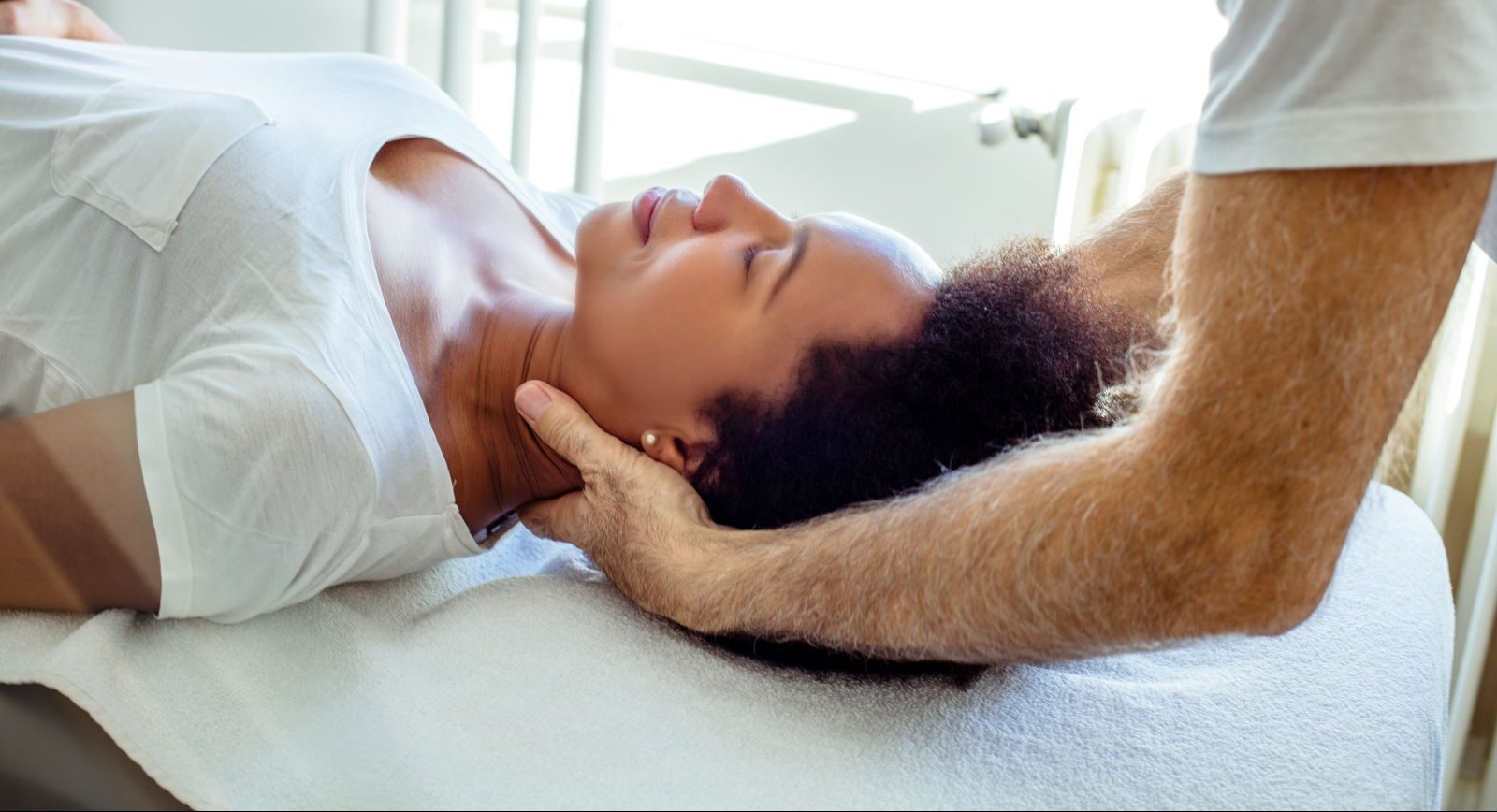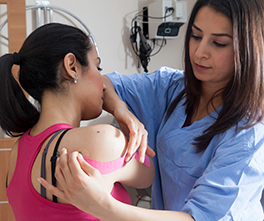If you’ve ever had physical therapy, you know how it can help heal an injury or strengthen underused muscles. But could a few physical therapy exercises also help with headaches?
Dayle Stark, DPT, a physical therapist with the Hartford HealthCare Rehabilitation Network, offers up four recommendations for avoiding or treating those end-of-the-day headaches.
Your headaches might start lower than you think.
When searching for the source of your headaches, you may not have thought about your neck – but it might be time to.
“More than 90% of chronic headache sufferers have neck involvement that contributes to their condition,” says Stark.
> Related: Your Migraine Could Be a Sign of One of These 7 Serious Health Conditions
4 physical therapist-recommended ways to prevent headaches.
So how you can avoid headaches? Stark offers these 4 tips:
- Check your ergonomic set up. Sit up tall and put your monitor at eye level. If you have to, raise it up on a couple of books.
- Get regular exercise. The best thing for muscles is consistent aerobic exercise. “Even getting up and doing a 5- to 10-minute walk stops those neck muscles from totally locking up,” Stark says.
- Do neck stretches. Every 60 minutes or so, spend two minutes slowly rolling your shoulders in a backward motion and slowly rotating your head from side to side.
- Monitor your stress. Recognize your triggers – feel your heart rate rise or jaw clench? Walk away from the stressor and give yourself a 5-minute break where you focus on breathing.
Stark also tell patients to be wary of their work habits. “Work from home transition was challenging for some people, and they may have gone from sitting at a desk to taking zoom calls on their couch,” she says, adding that bad posture is a huge trigger of headache pain.
If that doesn’t work, give physical therapy a try.
A physical therapist can help assess how your posture, range of motion and lifestyle contribute to your head and neck pain.
“Getting an assessment can tell you a lot about what might be contributing to your headaches that you might not know about,” says Stark.
Using techniques like dry needling, manual therapy and joint mobility testing, physical therapists can help ease muscles on the spot. But the main focus of physical therapy is teaching you what you can do on your own. Exercises that strengthen posture, help build and support the neck help patients build a tool kit of their own.


